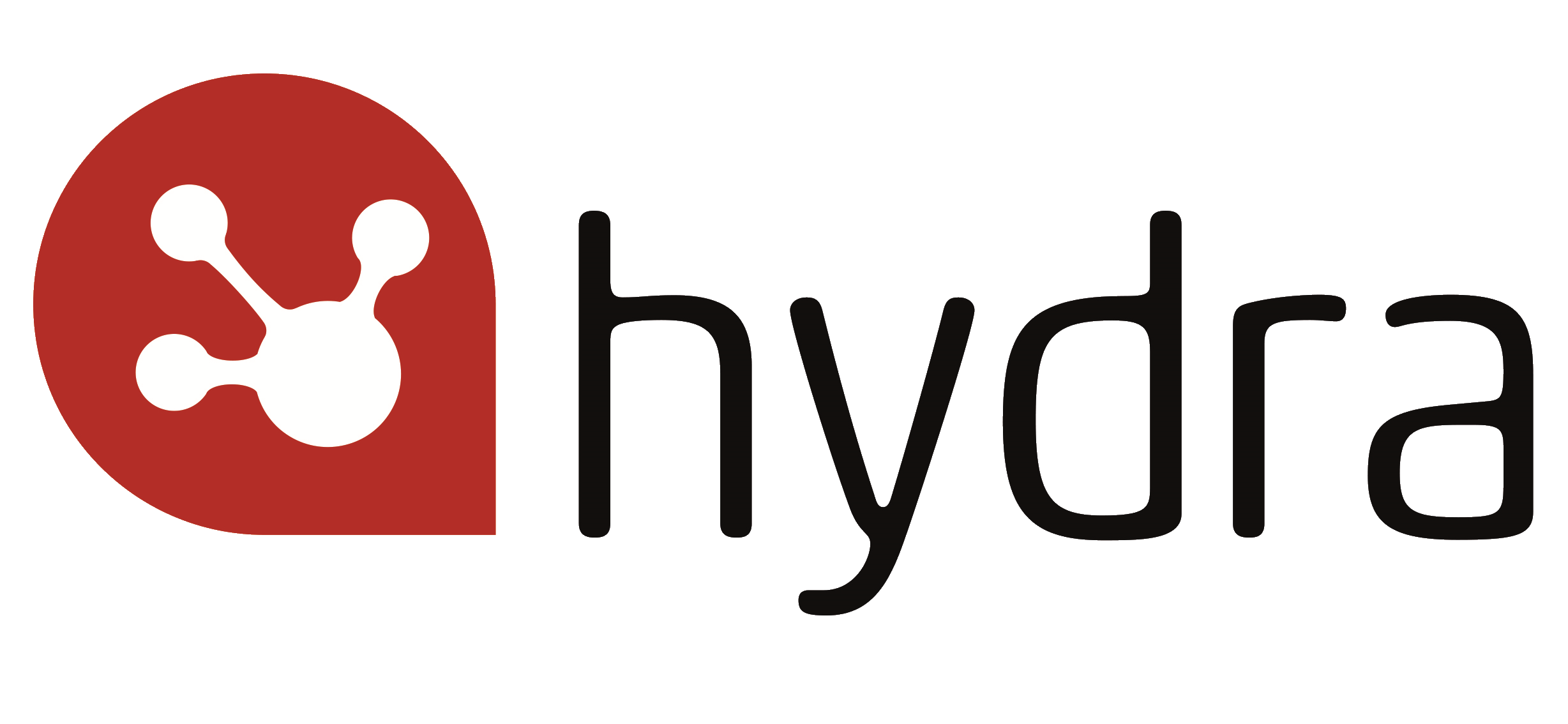How to improve communication within your project team and with your stakeholders
According to the PMI, one in five projects don’t meet their original goals because of communication problems. The Study found that ineffective management puts US $135 million at risk for every US $1 billion spent on a project. A massive 56% of that is at risk due to ineffective communications.
Communication is one of the best practice tips for managing people and teams, but what are the other key things to consider to improve communication within your project team and with your stakeholders?
Put the ground work in
Before diving straight into a project, make sure both your team and your stakeholders fully understand the problem and what it is they are trying to achieve. The whole team should understand the goals and the objectives of the project, even if they are only involved in a small part of it. It is essential to have a preliminary meeting, to establish the timeline, objectives, vision and project expectations. The project can then be broken down, with every team member understanding the part they play.
Stakeholders expectations and project goals can be very different to your project teams goals so clearly assess each stakeholders baseline “buy-in level” going in to your project by conducting surveys and mapping stakeholder requirements. This will also help you understand stakeholder concerns as well as identify potential pockets of resistance. If you can, it is a good idea to try and group together broad requirements. Tailoring your communication to each stakeholder group ensures that you communicate effectively how the change will affect each stakeholder.
Engage people’s head, heart and hands
Try and engage with the people involved in your project on various levels and through the different stages - head, heart and hands.
- Frequent targeted communications help the head to understand, intellectually, why the change is necessary and what the benefits will be.
- Next, people come to believe in their hearts that the change is the right thing to do for the company and themselves personally. If they can see how the change will benefit themselves they are more likely to accept the change.
- Finally, the hands must become competent through training and practice to bring the change to fruition.
5 Common Resource Planning Problems and How to Solve Them
5 Secrets to Strategic Resource Planning
Implement new methods of communication
Moving away from email inboxes can be a subtle tool to increase communication and collaboration across a project team. Choosing the right mode of communication can enrich a project and prevent team members from getting lost in an endless flow of emails. Project portfolio management software allows real-time alerts to be sent by text, while reports and alerts can be distributed to any mobile device to ensure information is in the right place, at the right time.
Integrating enterprise social networks with collaborative platforms can make it easier for team members to communicate. Social enterprise networks allow team members to work quickly and more effectively while keeping all messages, files and updates in one place.
Create an open and transparent collaborative environment
One of the primary benefits of a shared workspace is the ability for everyone to see all the tasks involved in the delivery of the project and the schedule for completion. Making the process transparent by giving the whole team access to key information can keep your project on the right track.
Schedules that update in real time show everyone exactly what stage the project is at and how it needs to progress. By making the project dependencies clear, team members can focus on the big picture rather than just their piece of the puzzle. This can help to promote a collaborative approach and even a healthy sense of competition, as those who meet or even exceed expectations are there for all to see.
Promote frequent communication
One of a Project Managers roles is to promote and maintain frequent and fluid communication within a project team such as discussing the status of a task, assessing a risk or updating a stakeholder on a projects progress. Using instant messaging, email, shared social spaces (allowing document and information sharing), regular team meetings or “power huddles” and stakeholder interviews are all good ways to maintain frequent communication. Do not forget about your remote teams either!
4 Key Strategies to Build Collaboration in Project Teams
Maintain visibility
It is much easier to maintain communication if all team members and stakeholders have full visibility of the work schedule, risks and issues, project progress and timeline.Work schedule
If you can see exactly what tasks your people are working on and when they will be finished you can schedule project activity more efficiently. This will avoid both overloading your best people with too many tasks or people being underutilised. Additionally you will be able to spot any team members that have the potential to get 'lost' in the 'white space’ that exists between project assignments.
Risk/issues
Complete project visibility allows you to identify potential risks and issues early giving you time to put together strategies to manage those risks. This can help avoid cost overruns, missed deadlines and a failure to meet business requirements.
Project progress and customer dependencies
Having visibility of how project tasks link together and how they are impacted by customer dependencies allows you to create a cost effective and seamless project schedule and progress report. These can help you stay focused on delivering the project and can be shared with team members and stakeholders.
How to improve project visibility
The above is not meant to be exhaustive but we hope that you find a few of the points helpful. If you would like to learn more about how Hydra can help to improve communication within your project team and with your stakeholders please download our infographic on Hydra’s One Plan Approach or contact us for a free no obligation consultation.



